GBEP Sustainability Indicators (GSI)
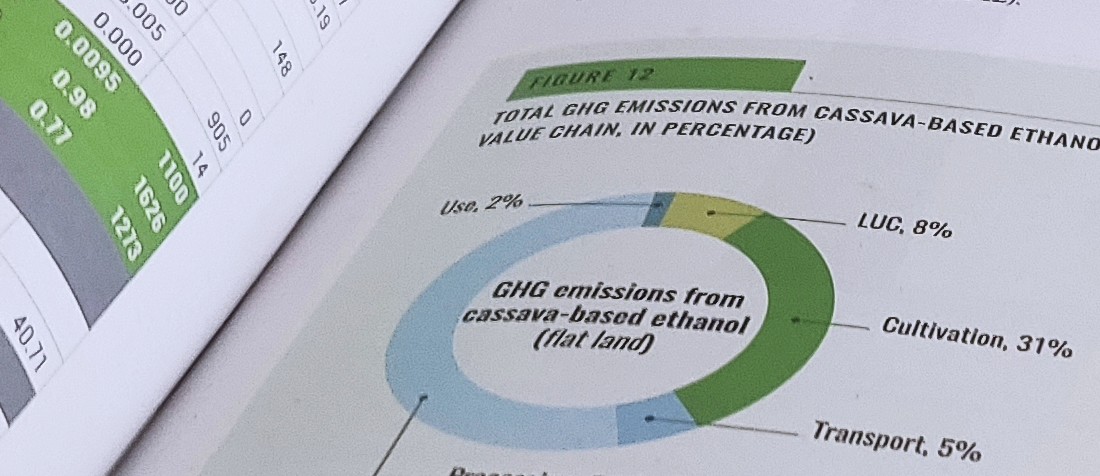
The GBEP Sustainability Indicators for Bioenergy (GSIs) are a set of 24 relevant, practical, science-based, voluntary sustainability indicators that address all forms of bioenergy. They provide policymakers and other stakeholders with a tool to measure and monitor the sustainability of all types of bioenergy pathways, as compared with the business-as-usual scenario (e.g. traditional bioenergy or fossil fuels).
The results of GSIs offer valuable insights for shaping national bioenergy policies and programs while helping to identify and address potential environmental, social, and economic risks and obstacles.
The indicators have been implemented in 15 countries.
GBEP indicators methodologies
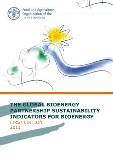
The Global Bioenergy Partnership Sustainability Indicators for bioenergy
2011
This report presents 24 indicators of sustainability regarding the production and use of modern bioenergy, to monitor and report on the environmental,...

The Global Bioenergy Partnership Sustainability Indicators for Bioenergy - Executive Summary
2011
The GBEP Sustainability Indicators are a relevant, practical, science-based tool that can inform policy-makers and other stakeholders in countries seeking...

Global Bioenergy Partnership Sustainability Indicators for Bioenergy: Implementation Guide
2020
The Implementation Guide for the Global Bioenergy Partnership Sustainability Indicators for Bioenergy has been developed to complement and enhance the...

Rapid Implementation Framework for the GBEP Sustainability Indicators for Bioenergy: Handbook
2021
The Rapid Implementation Framework (RIF) complements the Implementation Guide, by supporting and expediting the operationalization of selected working...
Implementation of the GBEP indicators
The GBEP indicators have been implemented in 15 countries.
Training on the GBEP indicators have also been organized in:
- Cuba
- Jamaica
- The Philippines
- Togo and Ghana
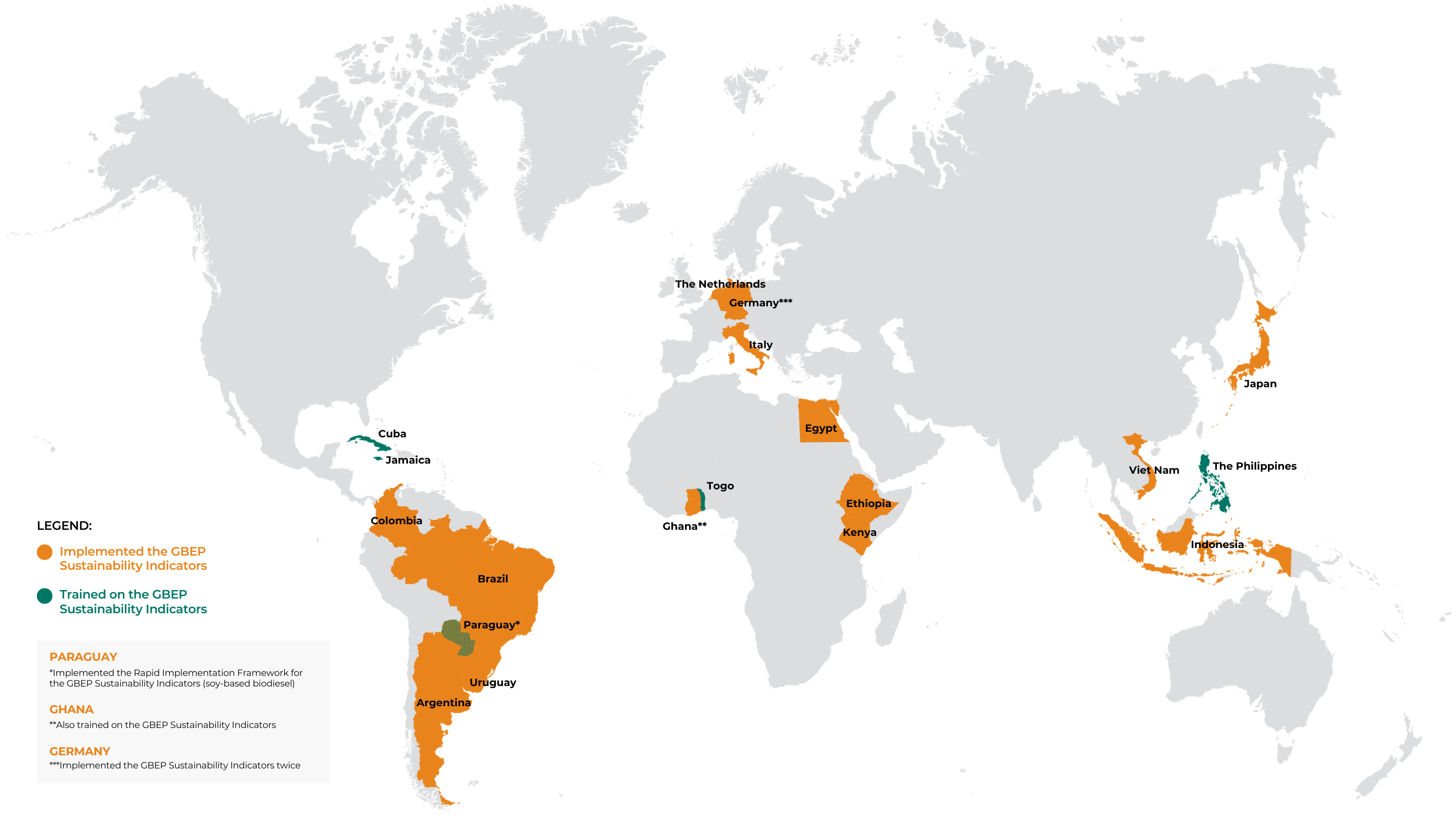
Related publications
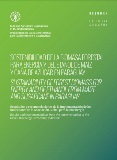
Sostenibilidad de la biomasa forestal para energía y del etanol de maíz y caña de azúcar en Paraguay Sustainability of forest biomass for energy and of ethanol from maize and sugarcane in Paraguay
2018
This report (in Spanish) presents the results of the application of the GBEP indicators in Paraguay to the two priority bioenergy pathways identified in Paraguay: forest biomass for energy, at both household and industrial levels, and ethanol from maize and sugarcane. An executive summary in available on both English and Spanish.
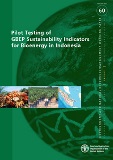
Pilot testing of GBEP sustainability indicators for bioenergy in Indonesia
2014
This report presents the results of the testing of the GBEP indicators in Indonesia. The testing provided Indonesia with an understanding of how to establish the means of a longterm, periodic monitoring of its domestic bioenergy sector based on the GBEP indicators, enhancing the knowledge and understanding of this sector and more generally of the way in which the contribution of the agricultural and energy sectors to national sustainable development could be evaluated.

Pilot Testing of GBEP Sustainability Indicators for Bioenergy in Colombia
2014
This report presents the results of the testing of the GBEP indicators in Colombia. The testing provided Colombia with an understanding of how to establish the means of a longterm, periodic monitoring of its domestic bioenergy sector based on the GBEP indicators. It also provided a few lessons learnt about how to apply the indicators as a tool for sustainable development and how to enhance their practicality.

Sustainability of biogas and cassava-based ethanol value chains in Viet Nam
2018
This report presents the results of the implementation of the GBEP indicators in Viet Nam to the two priority bioenergy pathways identified in Viet Nam: biogas at household, farm and industrial levels, and cassava-based ethanol.

Results and recommendations from the implementation of the Global Bioenergy Partnership indicators
2018
This report presents the results of the implementation of the GBEP indicators in Paraguay to the two priority bioenergy pathways identified in Paraguay: forest biomass for energy, at both household and industrial levels, and ethanol from maize and sugarcane. The report is available in Spanish only, while the Executive Summary is available in English.



 Egypt
Egypt
 Ghana
Ghana


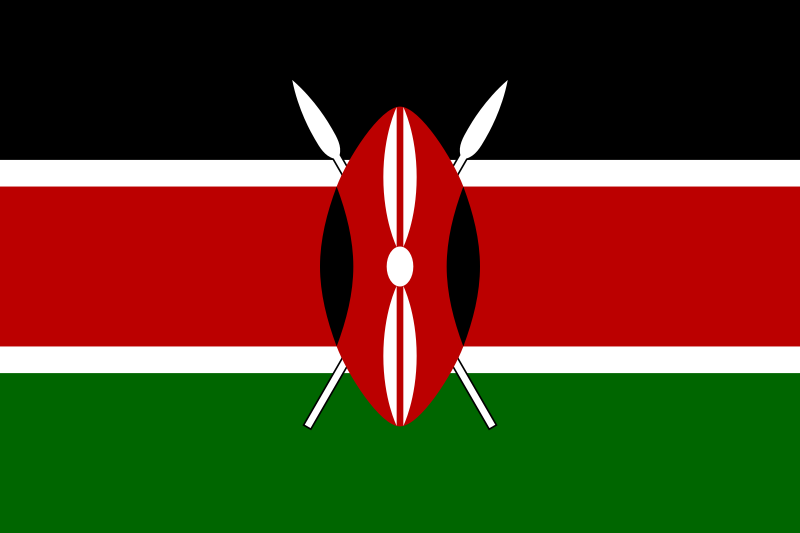
 The Netherlands
The Netherlands
